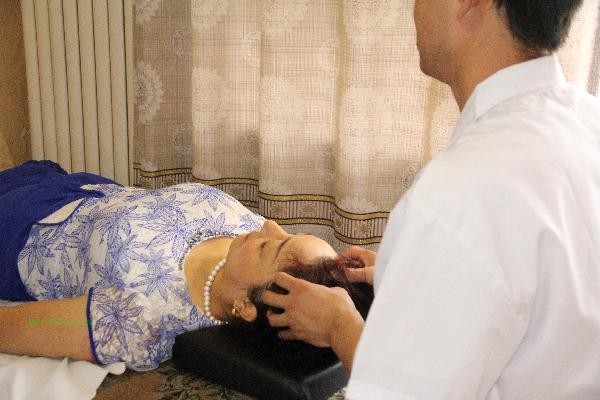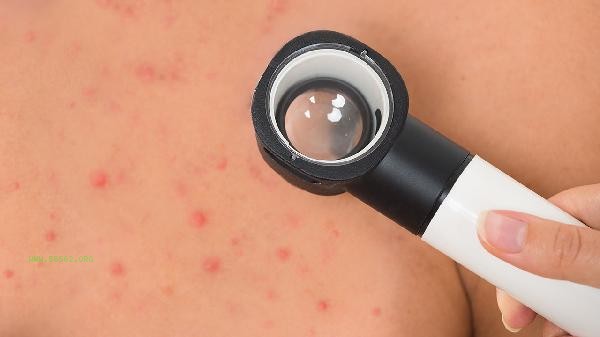Lichen planus is a chronic inflammatory skin disease that currently does not have a specific cure, but symptoms can be effectively controlled through a combination of traditional Chinese and Western medicine treatment. The commonly used clinical treatment methods include topical corticosteroid ointment, immune modulators, phototherapy, and traditional Chinese medicine syndrome differentiation and treatment. Patients should avoid scratching and stimulating skin lesions, maintain regular sleep and emotional stability.
1. Corticosteroids
External corticosteroids such as mometasone furoate cream and halometasone cream are first-line drugs for treating lichen planus, which can quickly relieve itching and inflammatory reactions. Suitable for localized skin lesions, but long-term use should be cautious of side effects such as skin atrophy. In the acute phase, it can be used in combination with hydrocortisone butyrate ointment for short-term use. For stubborn skin lesions, local blocking injection of triamcinolone acetonide can be used.
2. Immunomodulatory agents
Tacrolimus ointment, Pimecrolimus cream and other calcineurin inhibitors have significant effects on hormone resistant lichen planus, especially suitable for facial and rubbing areas. This type of drug works by inhibiting T cell activation, and may cause a burning sensation in the early stages of use. It can usually be gradually tolerated within 2 weeks. Serious cases may consider systemic treatment with oral cyclosporine soft capsules.
3. Phototherapy
Narrow spectrum medium wave ultraviolet therapy can inhibit abnormal epidermal proliferation and local immune response, and has good therapeutic effect on generalized lichen planus. Generally, irradiation is required three times a week, and significant improvement can be observed after continuous treatment for 8-12 weeks. Phototherapy may cause dry skin and should be used in conjunction with moisturizers. Individuals with photosensitivity and those at high risk of skin cancer should use caution.
4. Traditional Chinese Medicine Syndrome Differentiation
For blood heat type, Huanglian Jiedu Tang can be modified. For rheumatic skin type, Xiaofeng San can be selected for dispelling wind. For blood deficiency and wind dryness type, Danggui Yin is suitable for regulating. For external treatment, Qingdai San can be used to apply sesame oil, or Kushen Tang can be used to fumigate and wash the affected area. Acupuncture and moxibustion points such as Quchi and Xuehai are selected to dredge the meridians, and auricular points are applied to the Shenmen and lung areas to help relieve itching and calm nerves.
5. Lifestyle care
Avoid eating spicy and stimulating foods, as well as seafood, and eat more nourishing and moisturizing ingredients such as lilies and Tremella fuciformis. Wear breathable cotton clothing, and the bath water temperature should not exceed 38 degrees Celsius. Ensure sufficient sleep and practice soothing exercises such as Eight Section Brocade to regulate qi. Regular follow-up visits should be conducted to monitor changes in the patient's condition, and self medication should be avoided. Patients with lichen planus should establish long-term management awareness and record changes in skin lesions during treatment. Keep the living room ventilated and dry, and regularly expose bed sheets and bedding to sunlight for disinfection. Emotional fluctuations may trigger recurrent illness, and stress can be relieved through meditation and music therapy. Patients with combined oral mucosal damage should use a soft bristled toothbrush to avoid friction from hard food. If there is a sudden increase in skin lesions or erosion and exudation, immediate medical attention should be sought to adjust the treatment plan.







Comments (0)
Leave a Comment
No comments yet
Be the first to share your thoughts!